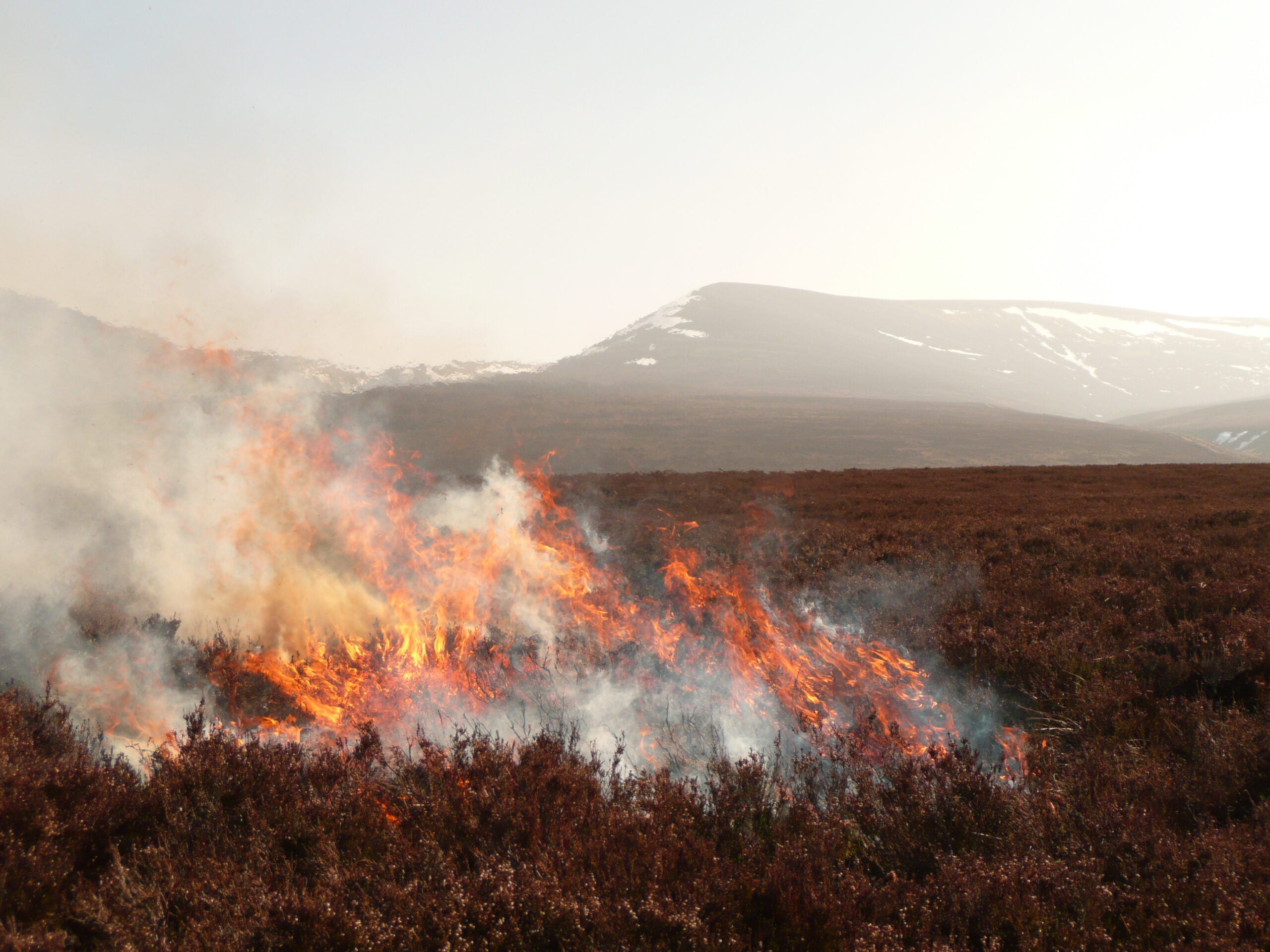Claim
68% of wildfires in the higher uplands have been caused by so-called controlled cold fires.
What the science says
Misleading.
This is a genuine figure from a report by Natural England published in 2020, finding that 68% of wildfires in the uplands of known cause are from land manager burns. However, only 10% of upland wildfires had known causes. Almost all upland fires (90%) had no recorded cause of ignition and were therefore not included. The correct context for this figure is that 68% of the 10% of upland wildfires that have a known cause were from controlled burning.
There needs to be more recorded information on the causes of wildfires to gain a full picture on what the risks are.
Comes from

During the recent Westminster moorland burning debate, in relation to tackling climate change and carbon release, Olivia Blake MP (Sheffield, Hallam, Labour) discussed multiple statistics about burning, including:
Is the hon. Member aware of some the most recent research, which shows that 68% of wildfires in the higher uplands have actually been caused by so-called controlled cold fires?
Olivia Blake MP
This was taken was the Natural England report “The causes and prevention of wildfire on heathlands and peatlands in England” (NEER014), published in July 2020 and available here.
What the Science says – the fuller picture
The 68% of upland fires referred to during these parliamentary proceedings came from a Natural England report on the causes and prevention of wildfires. However, it is important to understand exactly what that figure refers to.
Wildfire causes
Most fires are classified only as natural, accidental, or deliberate. More precise data was only available for 10% of upland fires, and the report states: “It can be difficult to determine cause, especially without standard, defined categories. Hence, it may represent a subjective judgement, particularly in relation to more precise causes. There may also be bias due to potential reluctance to identify and report the cause of wildfires.” 1 (page 29, 5.3).
10% of upland wildfires looked at by Natural England (62 wildfires) had a known cause. Of those, 68% were caused by land management fires (controlled burns), and this is the figure quoted in the claim. However, it is not appropriate to extrapolate from this small sample and apply the finding to all upland wildfires as suggested in the claim. If used out of context, the 68% figure can be misleading1 (page 30, 5.6b).
To add further perspective, controlled burns are regulated by law and can only take place between 1 October and 15 April, the autumn and winter period2. According to the Natural England report, 6% of fires occurred in the autumn and 2% in the winter. In comparison, spring was a peak period for fires, contributing 67%, while summer was also high at 25%. Therefore, only 8% of wildfires occurred during the seasons where controlled burning takes place, while the vast majority happened during the spring and summer1 (page 19, 4.15c). There is a higher risk of wildfire during dry and warm weather conditions, especially after periods of drought. Another interesting point identified in the report was that wildfires were more likely at weekends and Bank Holidays, when visitor numbers were higher. There was an increase in fires during the evening between April and August, suggesting a link between the time of the fire and the routine of those starting them, for example after work and school1 (page 59, 9.11).
It is important to provide context to this statistic as, without it, there can misinterpretation. The authors of the Natural England report address this directly, highlighting the need for better recording of information about the causes of wildfire: “Care is needed in interpreting these findings given the small proportion of overall fires where a specific cause was assigned and potential bias and subjectivity in these assessments…” 1 (page 30, 5.6b)
Donate and help us fight misinformation
References
- Glaves, D.J., Crowle, A.J., Bruemmer, C. & Lenaghan, S.A. (2020). The causes and prevention of wildfire on heathlands and peatlands in England.
- Natural England & Department for Environment Food and Rural Affairs. (2014). Heather and grass burning: rules and applying for a licence. GOV.UK: Available at https://www.gov.uk/guidance/heather-and-grass-burning-apply-for-a-licence. (Accessed: 12 January 2021)